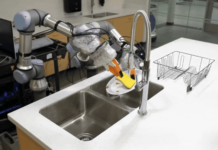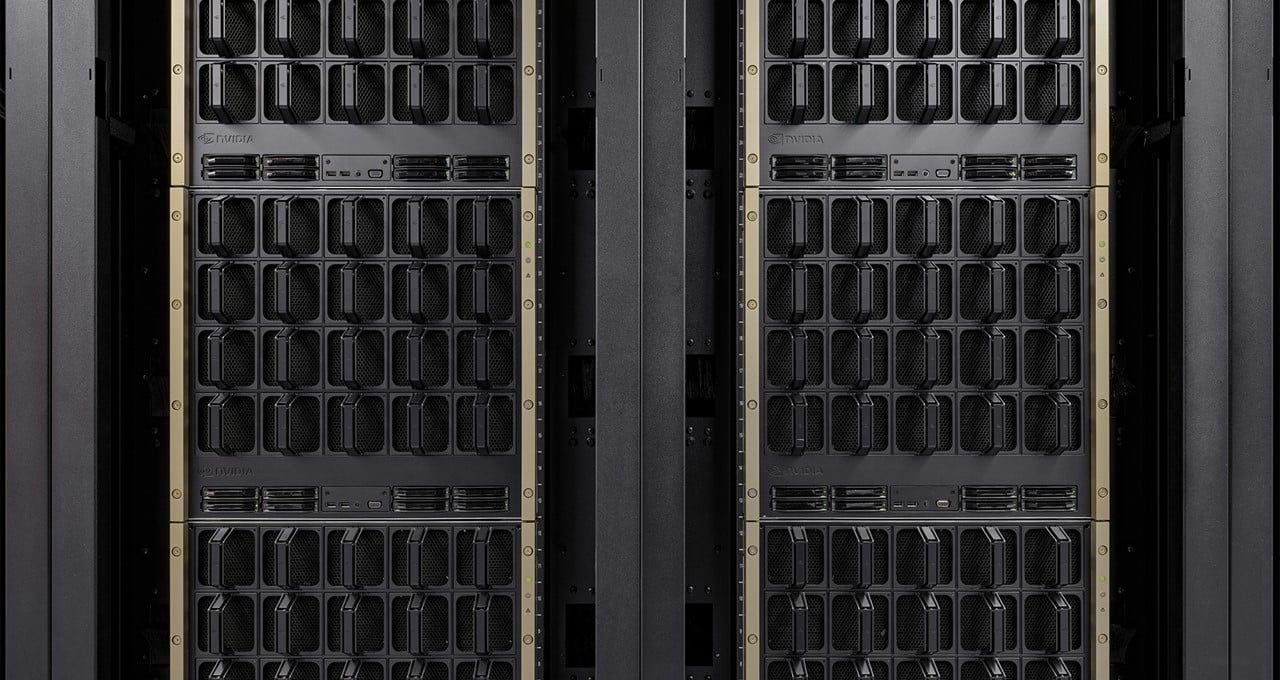Unlocking the Future of AI with NVIDIA’s Blackwell and Hopper Platforms
In the ever-evolving landscape of artificial intelligence, the demand for more efficient and powerful computing solutions continues to grow. At the forefront of this technological revolution is NVIDIA, a company that has consistently set new benchmarks for performance and innovation. In the latest MLPerf Training 4.1 benchmarks, NVIDIA’s new Blackwell platform has delivered exceptional results, showcasing its capability to handle demanding AI workloads across a spectrum of applications.
The Rise of Generative AI
Generative AI represents a cutting-edge field within artificial intelligence, where machines can generate new content such as text, images, and even complex 3D models. This is made possible through the use of large language models (LLMs) like GPT-3, which require immense computing power for both training and deployment. These models are the backbone of applications that range from automated customer service chatbots to advanced video game graphics.
To train these LLMs efficiently, data centers must be equipped with highly accelerated computing infrastructure. This is where NVIDIA’s Blackwell platform comes into play, offering unparalleled performance in training these models. In the MLPerf Training 4.1 benchmarks, the Blackwell platform demonstrated up to 2.2 times more performance per GPU on LLM benchmarks, including fine-tuning Llama 2’s 70 billion parameters and pretraining GPT-3’s 175 billion parameters.
Advancements with the Blackwell Architecture
The Blackwell platform’s success in these benchmarks can be attributed to several architectural innovations. At its core, Blackwell features new kernels optimized for Tensor Cores, which are specialized processing units designed for deep learning tasks. These kernels perform complex mathematical operations, such as matrix multiplications, more efficiently, thereby enhancing the overall throughput of the system.
A significant advantage of the Blackwell architecture is its ability to deliver higher compute throughput per GPU. This is coupled with the use of larger and faster high-bandwidth memory (HBM3e), which allows Blackwell to run large-scale benchmarks like GPT-3 175B using fewer GPUs without sacrificing performance. For example, while the Hopper platform required 256 GPUs for the same benchmark, Blackwell achieved similar results with just 64 GPUs, thanks to its superior memory architecture.
The Power of Optimization
Continuous optimization is a hallmark of NVIDIA’s development ethos. The company’s platforms are consistently refined through software updates, enhancing performance across various frameworks, models, and applications. This relentless pursuit of optimization is evident in the recent MLPerf submissions, where the Hopper platform achieved a 1.3 times improvement in per-GPU training performance for GPT-3 175B since the benchmark’s inception.
NVIDIA’s advancements are not limited to training performance. The company also excels in inference performance, where Blackwell’s architecture, leveraging FP4 precision and the NVIDIA QUASAR Quantization System, delivered up to four times more LLM inference performance compared to the previous Hopper generation. These achievements underscore NVIDIA’s commitment to pushing the boundaries of what is possible in AI computing.
Collaborative Efforts and Industry Impact
NVIDIA’s success in MLPerf benchmarks is not an isolated achievement. The company collaborates closely with a network of partners, including leading system manufacturers and cloud service providers such as ASUSTek, Azure, Cisco, Dell, Fujitsu, Giga Computing, Lambda Labs, Lenovo, Oracle Cloud, Quanta Cloud Technology, and Supermicro. Together, they have submitted impressive results in the latest MLPerf round, demonstrating the widespread impact of NVIDIA’s technology.
As a founding member of MLCommons, NVIDIA recognizes the importance of industry-standard benchmarks in AI computing. These benchmarks provide streamlined, peer-reviewed comparisons of AI and high-performance computing (HPC) platforms, enabling companies to stay abreast of the latest innovations and make informed investment decisions.
A Glimpse into the Future
The advancements made by NVIDIA in the realm of AI computing showcase a promising future for the field. By consistently delivering higher performance and efficiency, platforms like Blackwell and Hopper are setting new standards for what is achievable in machine learning and AI applications. As the demand for AI-driven solutions continues to grow, NVIDIA’s technology will play a pivotal role in shaping the future of industries ranging from healthcare and finance to entertainment and beyond.
For those interested in delving deeper into NVIDIA’s latest achievements and exploring the future of AI computing, the NVIDIA Technical Blog provides a wealth of information and insights. This resource is invaluable for understanding the nuances of the technology and the potential it holds for transforming the world.
In conclusion, NVIDIA’s Blackwell and Hopper platforms are not just benchmarks in AI performance; they are gateways to a future where AI-driven innovation knows no bounds. As these technologies continue to evolve, they will empower organizations and individuals alike to tackle complex challenges and unlock new possibilities in the digital age.
For more Information, Refer to this article.


































